- Improved understanding of altered levels of consciousness, particularly delirium
- Criteria to define when death occurs
- Optimization of potential organ donors
Latest Updates
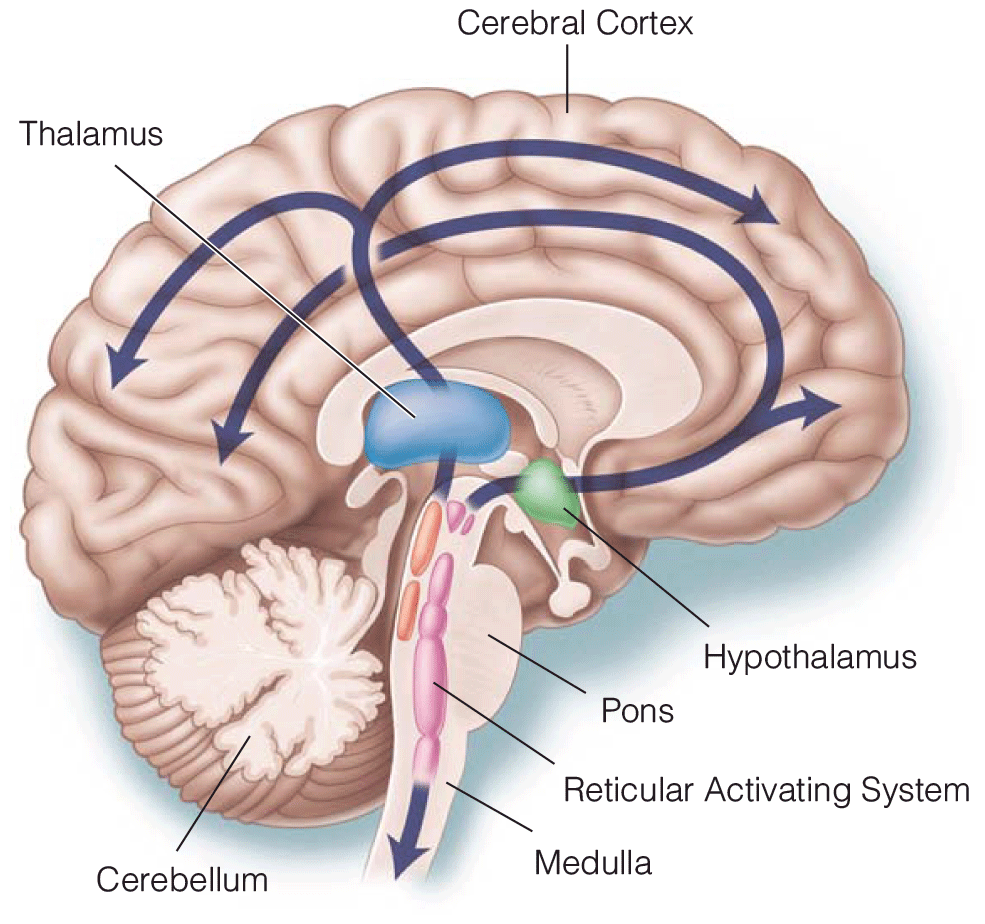

- Improved understanding of altered levels of consciousness, particularly delirium
- Criteria to define when death occurs
- Optimization of potential organ donors

- Explores the more common diseases that may cause fevers in pediatric patients.
- Provides algorithms to guide practitioners in managing a pediatric fever in various age groups.
- Reinforces that antibiotics be reserved for clinically diagnosed bacterial infections.

- Explores the more common diseases that may cause fevers in pediatric patients.
- Provides algorithms to guide practitioners in managing a pediatric fever in various age groups.
- Reinforces that antibiotics be reserved for clinically diagnosed bacterial infections.
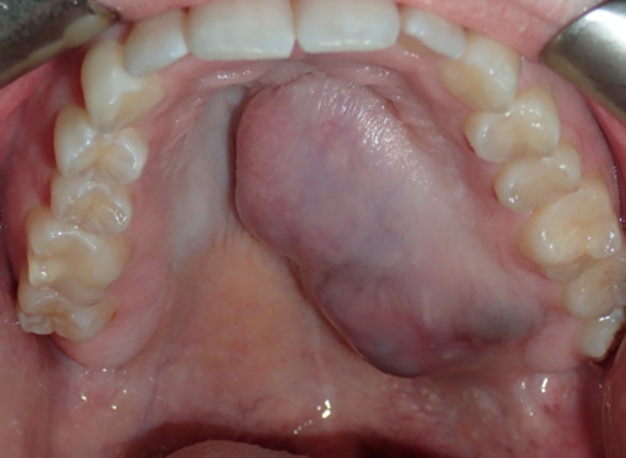
Head and Neck Tumors in Children: Part II
- Increasingly detailed imaging afforded by modern MRI can be used as the only imaging modality to avoid radiation to the pediatric head neck.
- EXIT procedure should be considered to optimize safety at the time of delivery due to potential for severe airway obstruction.
- Detailed history including age of onset and subsequent clinical course remains key components in making an accurate diagnosis.
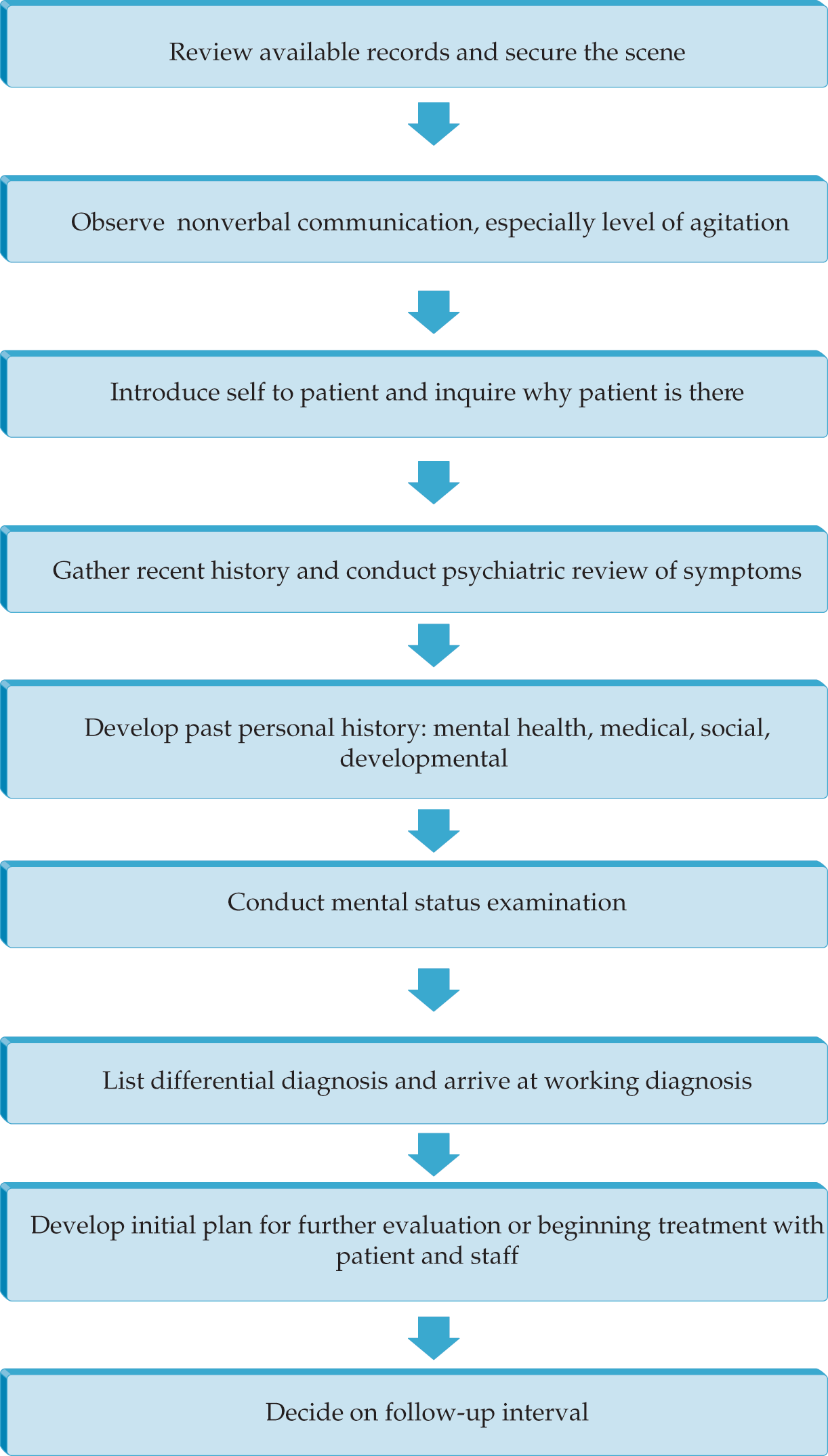
The Psychiatric Interview and Mental Status Examination
- Patient assessment precedes the development of the comprehensive treatment plan
- The interview must be adjusted to suit the patient and circumstance
- The mental status examination is the psychiatrist’s equivalent of the internist’s physical examination
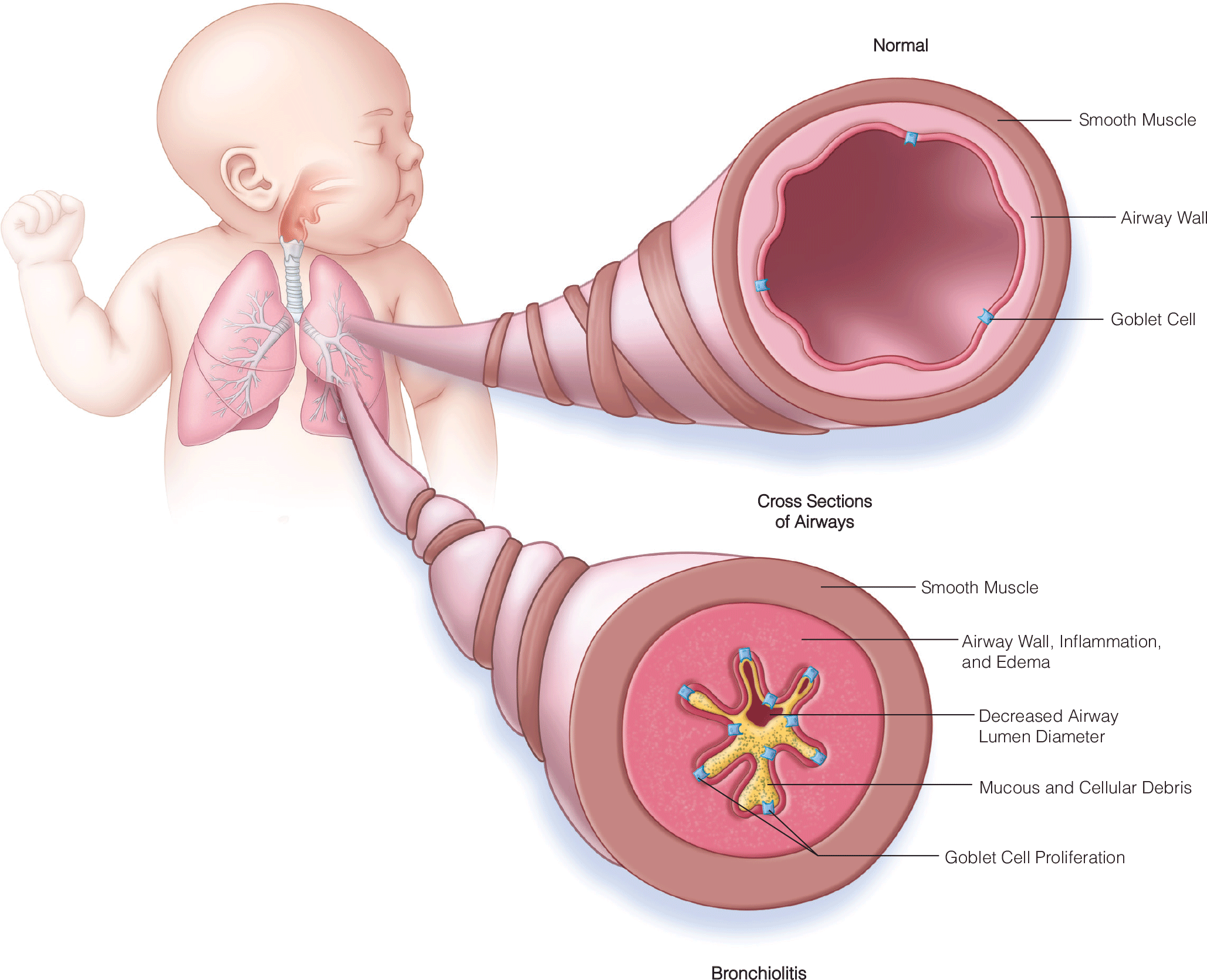
Pediatric Lower Respiratory Tract Emergencies: Bronchiolitis, Pneumonia, and Asthma
- Bronchiolitis is a clinical diagnosis; supportive therapy including supplemental oxygen, hydration, and nutrition are key.
- Prematurity, young age, and underlying medical comorbidities predispose patients to severe bronchiolitis.
- Knowledge of the different pathogens affecting children of various ages paramount to best antibiotic choice
- Thorough history on patients presenting to the emergency department with asthma symptoms should be obtained; children with significant respiratory distress, hypoxia, suboptimal response to therapy, or poor social situation should be admitted.
- Current guidelines recommend increasing medical management in a stepwise fashion based on level of control.
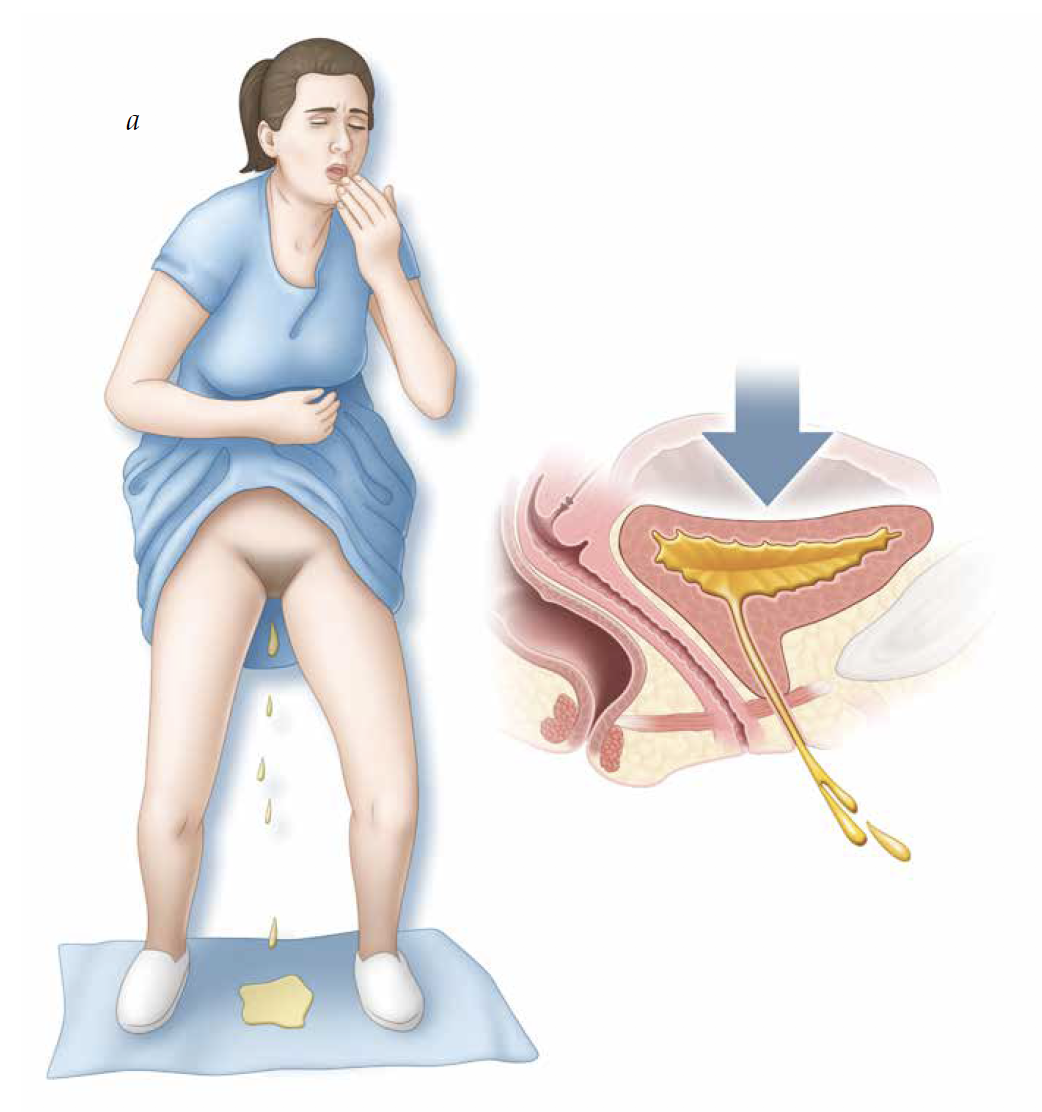
Surgical Treatment of Female Stress Urinary Incontinence: Midurethral Slings
- The concept of “dynamic kinking,” or the urethral compression that occurs with physical exertion, is critical to understanding the mechanism by which a tension-free midurethral sling works for stress urinary incontinence.
- No significant difference in subjective or objective outcomes has been noted for transobturator versus retropubic slings, with success rates ranging from 80 to 90%.
- Sling complications are either functional or mesh specific. The most common mesh-specific complication is mesh exposure, which occurs in 0 to 4.4% of cases.


.png)







